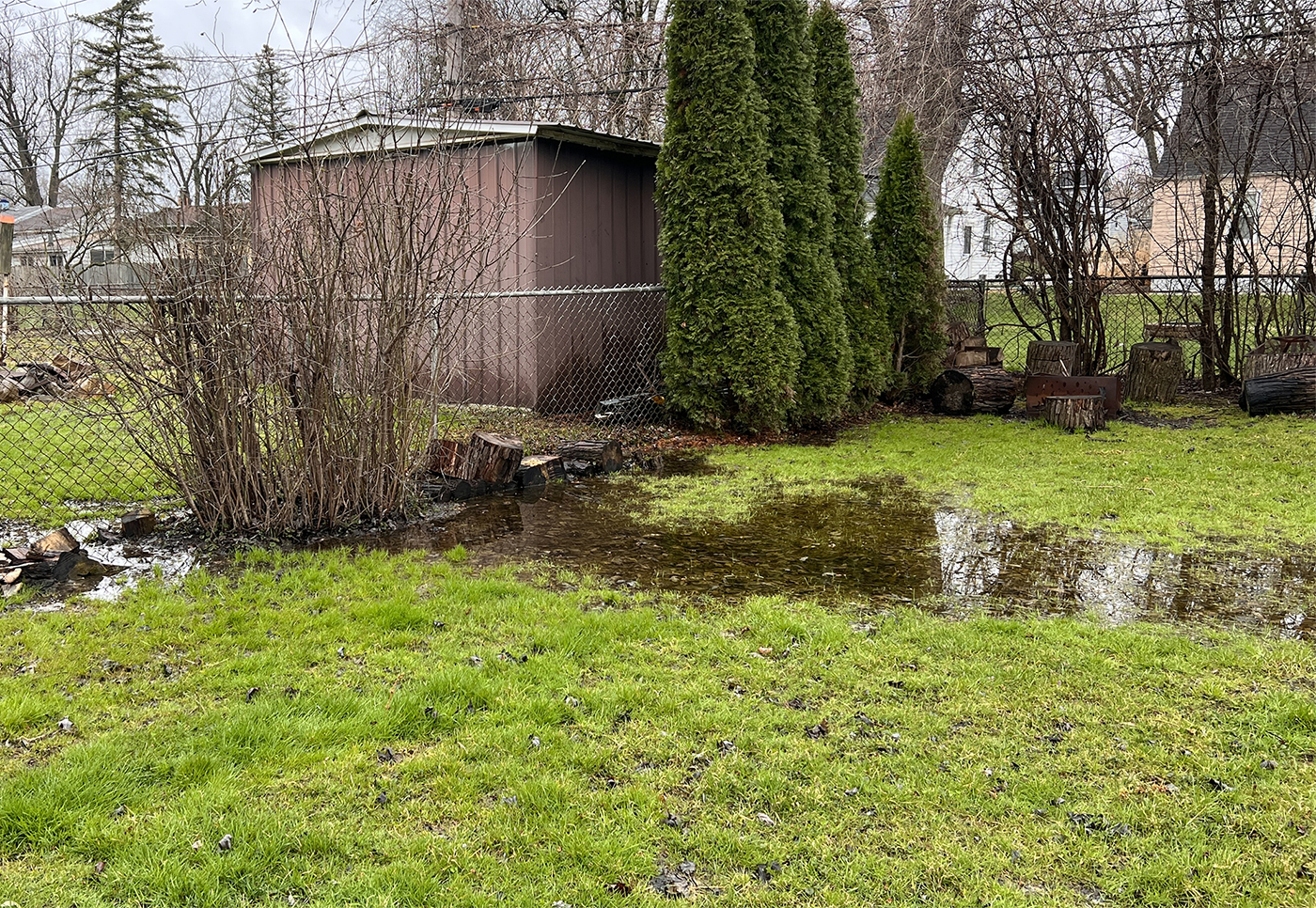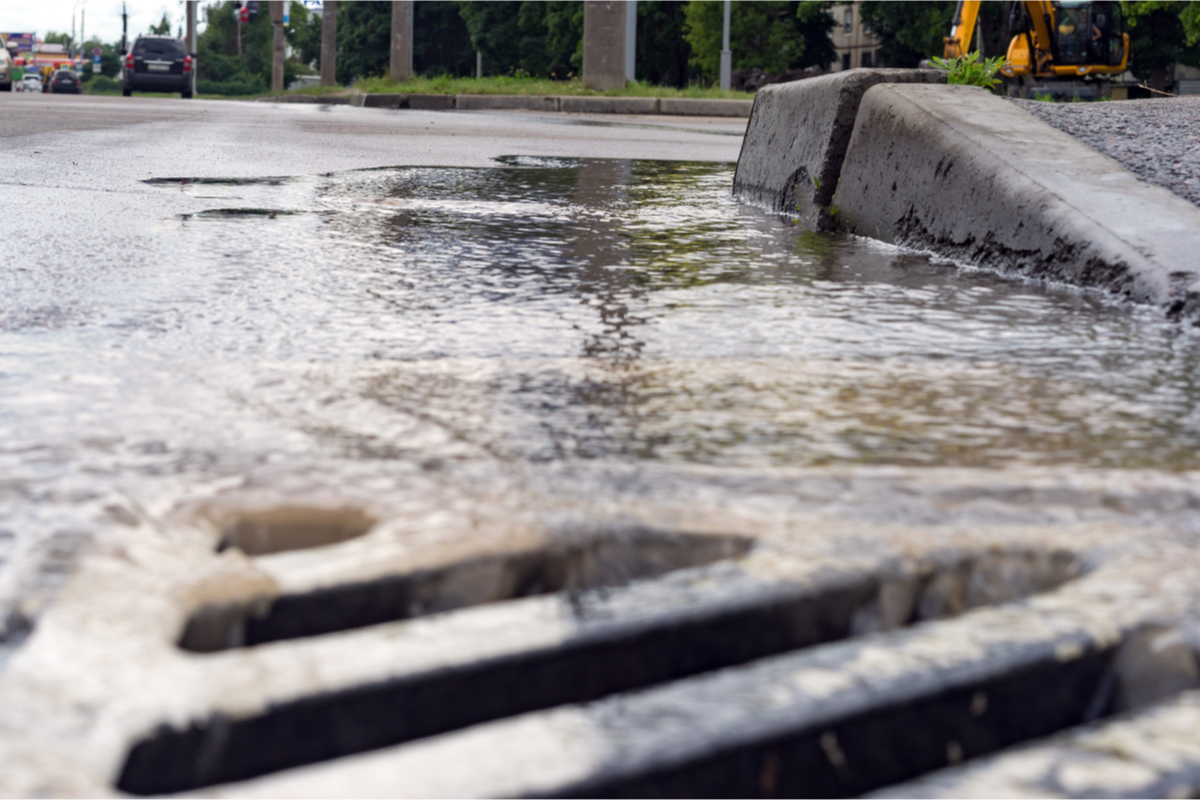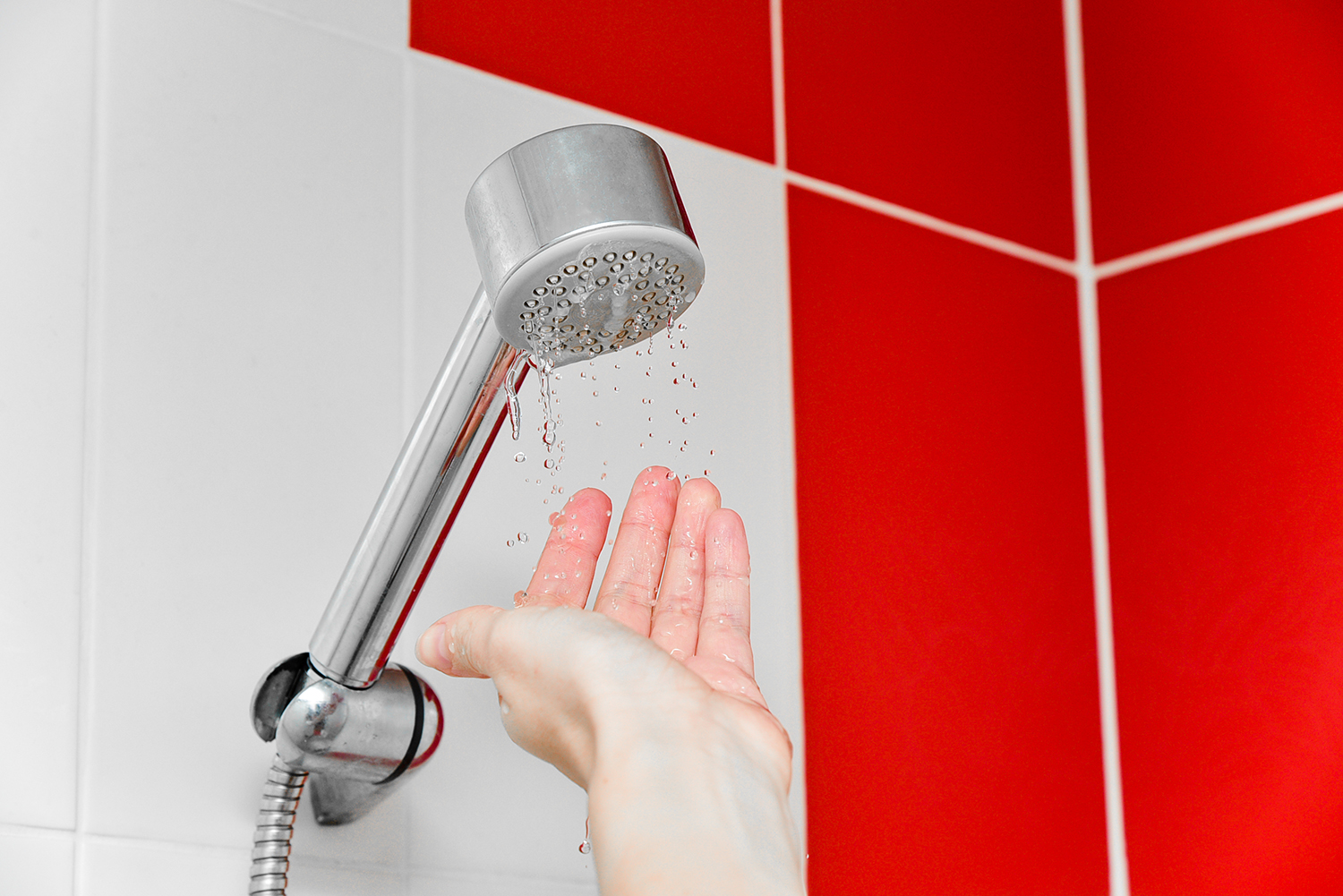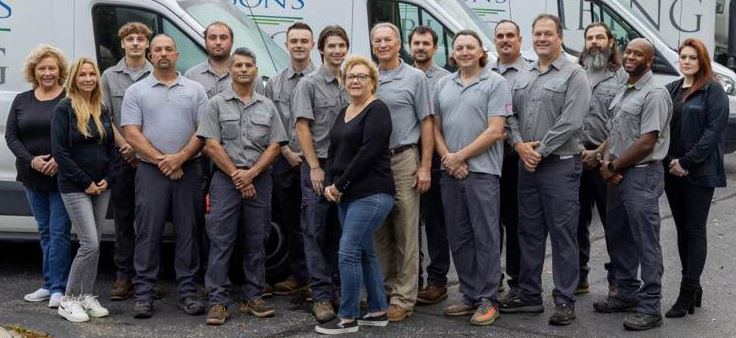News
Poor Outdoor Drainage

It is easy to forget about the outside and the maintenance that is necessary. Sadly, some homes are not built the way they are supposed to be and are slowly sinking and moving to the side. When there is poor outdoor drainage, it only causes damage to a home.
What does poor outdoor drainage look like?
The signs that your home has poor outdoor drainage are large puddles after rain. It is okay to see puddles after rain, but when they are massive and don’t go away, it could indicate that your yard and plumbing pipes are poor.
The causes of poor outdoor draining
It is not easy to point at just one cause of poor outdoor draining. However, the majority of poor outdoor draining occurs because of a burst pipe and a lack of drainage solutions. For example, a home in a dip does not have proper exit ramps for water. When it rains or there is a leak, the water stays in the center of the dip, as opposed to through an exit.
Solutions to Poor Outdoor Drainage
Thankfully, you are in luck as there are solutions to pour outdoor drainage problems. Sometimes, the solution is as easy as using gardening and water-loving plants. You can transplant and grow red maple trees and french roses as they absorb large amounts of water!
Sometimes, it is necessary to call a plumbing company in Southeast Michigan that is knowledgeable about creating slopes and run-offs outdoors to get rid of water.
Conclusion
In Southeast Michigan, the highest rainfall hits about 3.72 inches. This can cause severe floods and problems if you live in a home with poor outdoor drainage. With the solutions listed above though, it is possible to decrease the chances of flooded yards.
Sewer Line Backups

Truthfully, sewer line backups are the worst! There is a lot of damage that can occur because of a sewer line backup. It is easy to get caught up in life without realizing the signs of the start of a sewer line backup.
What is a Sewer Line Backup?
A sewer line backup is a backup that occurs in the sewer line of a home. This is a big issue when residents live in a second or third-story building. When a pipe backs up, it is usually because of a clog.
The ‘backup’ occurs when water starts to rise, pushing waste and other objects out with it.
Causes of Sewer Line Backup
The only known cause of a sewer line backup is food that is stuck inside of the pipes. When food gets shoved down the drain, it does not always fall apart and run smoothly through the pipes. Instead, sticky and fatty foods stay inside the pipes.
The biggest cause though is the wrongful disposal of oil. Fatty grease and oil cause clogs as they do not disintegrate well. When the oil cools after being hot, it becomes solid.
Sewer Line Backup Solutions
What are some solutions we can try at home? Usually, if waste is backing up in a home, there are no solutions we can give you. Instead, residents and homeowners should contact their local plumbing technicians in Southeast Michigan.
Conclusion
Overall, sewer line backups cause a lot of damage to a home as well as uncomfortableness. Instead of dealing with a situation like this alone, call your Southeast Michigan plumber!
Inadequate Water Pressure

No one likes to bathe in or clean dishes with low water pressure. If you start to notice your water pressure in the kitchen or bathroom is low, it may be time to call your local professional Southeast Michigan plumbing company.
Three Common Causes of Low Water Pressure
Listed below are three common causes of low water pressure and a few solutions worth trying!
Crack in the pipe
When there is a crack in the waterline and plumbing pipes, this can cause both a leak and low water pressure. This can be frustrating to see and deal with as a homeowner because it can be expensive.
Broken pipes can be repaired at home, although it does take work and does not always function. Hardware stores sell a putty-like material that temporarily patches broken and cracked lines. This is only a temporary fix, though!
Waterline clog
Did you know that the water and sewer lines are closely connected? It is also true that all of the plumbing pipes and water lines are connected. This means that when there is a water clog in one pipe, it affects everything!
Clogs are easy to get rid of. You can try to boil hot water and pour it down the kitchen and bathroom sink drain.
Broken showerhead
Sometimes something as small as a showerhead can be what causes a low water pressure. Check the showerhead for mineral buildup or a crack.
Conclusion
All in all, it is not easy dealing with low water pressure. While sometimes the solution is easy, it can also be challenging. When there is a challenge, homeowners should contact their local residential, commercial, medical, and green plumbing companies in Southeast Michigan.
Putman and Sons Plumbing Wishes you a Happy Easter 2022
4 Things You Don’t Know About Plumbers
 Plumbers are often relied upon to fix your emergency plumbing issues. Whenever your pipe bursts, your water heater is broken, or you find a gas leak, they are always there to help you fix your problem. How well do you know your plumber? Here are 4 things that you didn’t know about your plumber that may leave you surprised.
Plumbers are often relied upon to fix your emergency plumbing issues. Whenever your pipe bursts, your water heater is broken, or you find a gas leak, they are always there to help you fix your problem. How well do you know your plumber? Here are 4 things that you didn’t know about your plumber that may leave you surprised.
1. Safety is a real concern
When a plumber enters your home, they are instantly risking their safety. Working with pipes that can release over 50 pounds of water pressure is risky by itself, and that’s without including the dangerous air and gas components of the job. They are also exposed to many different germs and diseases that put their health at risk. So next time your plumber enters your home, give them a big thank you for helping.
2. They go through very intensive training
They did not gain their knowledge through YouTube videos and articles, they went through long training processes to best prepare them for work in the field.
3. They don’t want you to flush things down the toilet
Please do not flush anything that is not human waste-related down the toilet! No trash, no fruit, or veggies, and absolutely no grease. Even bathroom wipes and floss should not be flushed as they can clog your pipes.
4. It’s not a GARBAGE disposal
One of the most common issues that we solve is issues with sink disposals and kitchen pipes. Your kitchen sink disposal is only meant to dispose of small pieces of food. That means no bones, peels, wrappers, gum, grease, or anything that is not a small piece of food! Your kitchen pipes and sink disposal will be less prone to issues if you avoid those items listed above.
Call PNS Plumbing for Expert Plumbing Services
When you run into a plumbing issue, PNS Plumbing has the rapid services you need to get your life back on track. Contact us to get one of our team members to your property as soon as you need them.
